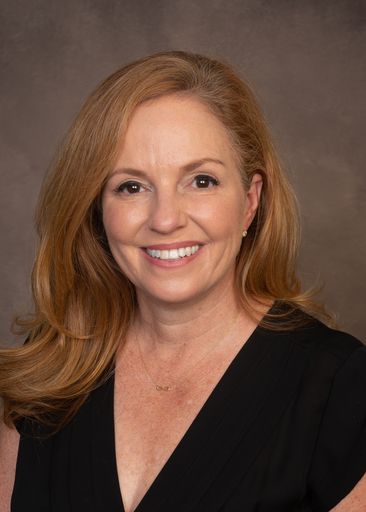Aug 22, 2025
Understanding Virginia’s new law to license anesthesia assistants
What it means for the CRNA profession and providers

In early 2025, Virginia passed a law allowing for the licensure of anesthesia assistants (AAs), making it one of about 20 states to permit the profession. Anesthesia assistants will work exclusively under the supervision of physician anesthesiologists, a model different from the training and practice approach of Certified Registered Nurse Anesthetists (CRNAs), who are prepared for independent practice.
To better understand what this new law could mean for patients, health systems and CRNAs, we spoke with Meredith Joyner, MSNA, MBA, government relations director for the Virginia Association of Nurse Anesthetists (VANA), a nurse anesthetist and three-time VCU graduate.
What exactly does this new Virginia law do?
Virginia has passed a law to license anesthesia assistants in the state. There are currently around 3,000 AAs nationwide, and Virginia will now join the list of states where they can practice – but only under physician anesthesiologist supervision. The Virginia Board of Medicine now must create licensing regulations, which could take a year or more.
What’s the key difference between anesthesia assistants and CRNAs?
CRNAs are trained to practice independently, without physician oversight, and now enter practice with a doctoral degree. They come from a nursing background, typically with extensive ICU experience. Anesthesia assistants earn a master’s degree, but they don’t need any prior clinical experience or health-related undergraduate degrees to enter a graduate program. Their education is geared toward functioning within a team model led by physician anesthesiologists. Currently, there are no AA educational programs in Virginia.
How will this affect the anesthesia workforce in Virginia?
There is growing support for using anesthesiologist assistants to help with the shortage of anesthesia professionals. Currently, the U.S. has only 3,000 AAs, and Virginia is in the process of setting up its licensing system. The numbers will not meet the large-scale demand.
We do not have enough staff to meet the rising demand, especially in rural and underserved areas that need more healthcare services. In Virginia, there are 2,400 CRNAs, who can work independently to provide anesthesia and help fill this gap right away. Studies from other states show that patient outcomes are similar whether anesthesia care is provided by an anesthesia care team or by a CRNA working with a doctor. This highlights the urgent need for better solutions to ensure quality anesthesia services are available to meet both current and future demands.
So AAs won’t be practicing in Virginia hospitals right away?
The short answer is no. Although the current law permits licensure, there are specific steps that must be followed before a license can be issued. The bill directs the Department of Health Professions to develop criteria for AA licensure, which will include input from stakeholders and typically takes up to a year to complete. Once the rules are established, they must be approved by the Board of Medicine. Only then can hospitals begin the credentialing process, which adds additional time before AAs can practice.
How do physician anesthesiologists supervise an AA during a case?
Physician Anesthesiologists must be present at the beginning and end of each case. So, while AAs can extend a physician anesthesiologist’s reach, the supervision requirements mean the physician anesthesiologist must still be involved with all aspects of the case. That limits a hospital's flexibility in allocating its anesthesia staff.
What does this mean for CRNAs working in Virginia?
The new AA law is likely to increase competition in urban health care markets. Hospitals often group CRNAs and AAs together, not recognizing the critical differences in their training and skills. This confusion can affect CRNAs' job roles, pay, and how health care leaders view our profession. It may also force health care systems to adopt a care-team-based model for anesthesia care, reducing the autonomy of CRNAs and prompting many to seek jobs in nearby states with less barriers to practice. This change comes at a critical time in Virginia, when we need more ways to provide anesthesia care – not fewer options.
What should CRNAs and students be doing now?
Be informed and vigilant. In my view, students should maximize their training and strive for the highest level of independent practice. Alumni should talk with their facilities’ administrators to advocate for maintaining and advancing CRNA practice standards. VANA is actively monitoring this issue and encouraging CRNAs to report any impacts at their facilities by email to: info@virginiacrna.org.